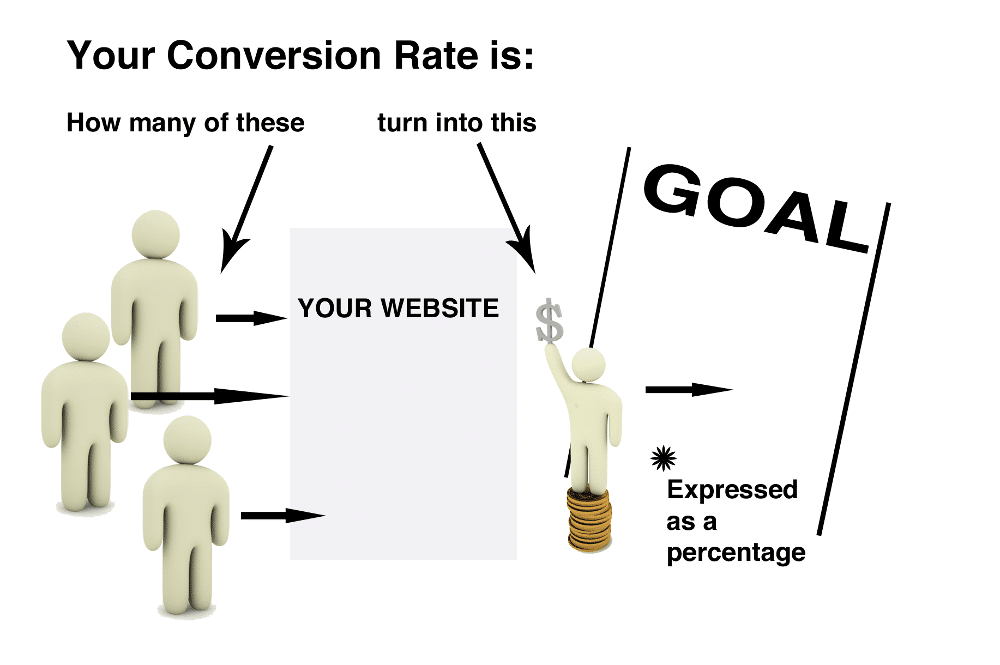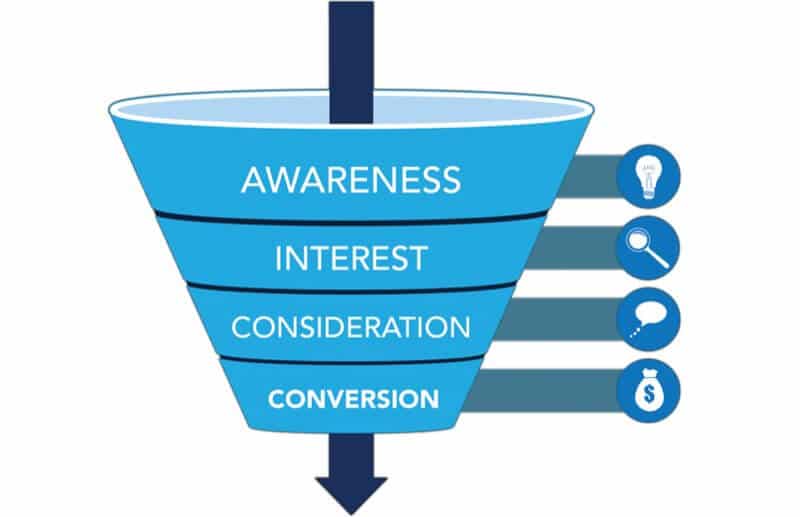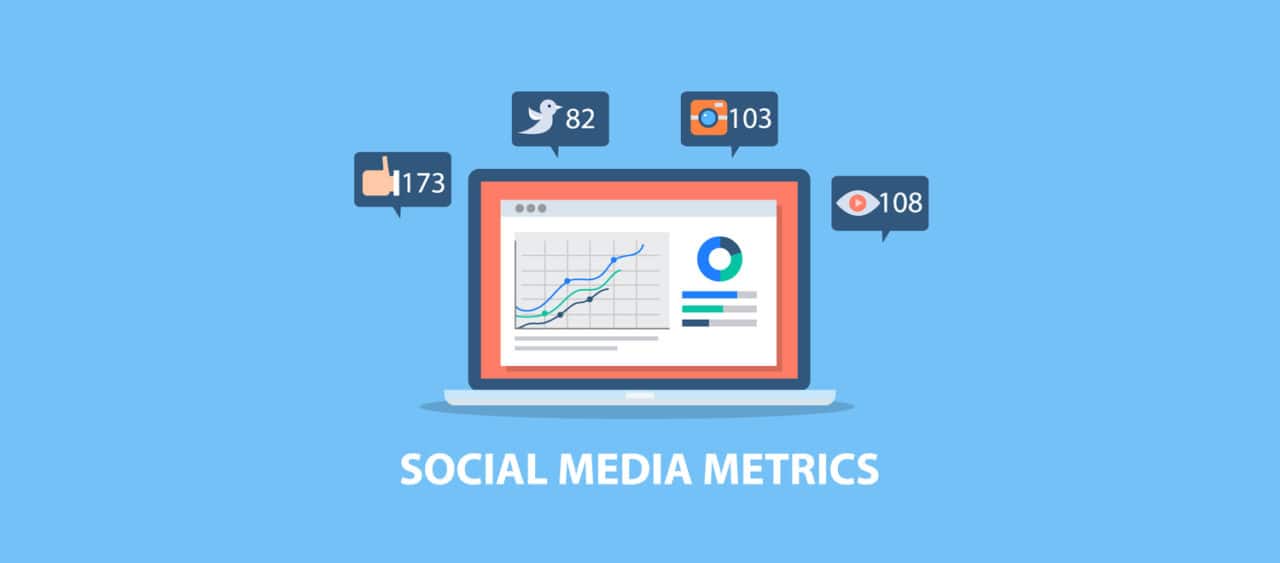-
Jun 26 2019 How To Do A Good SM Audit
With social media tools and strategies evolving day-by-day, what might have been working for your brand a few months ago could prove utterly useless today. To complicate matters further, chances are your competitors – who have bigger budgets – are probably ahead of the game, which brings us to our main point: you must audit your company’s social media regularly. A social media audit will not only help you monitor what your competition is doing right, it’ll also help you evaluate what you need to initiate, eliminate and optimize. So, let’s walk you through six steps to conduct a quick social media audit –
1. Create A Spreadsheet

Open up a new spreadsheet in Google Docs that is accessible to only key members of your team. Create a tab for each month, and add the following sections in each one of them –
a) social media handle name
b) social media handle URL
c) login info
d) names of people with access to login info
e) number of followers
f) number of comments
g) number of likes
h) number of shares
i) number of DMs
j) number of posts
k) metrics (i.e. Web traffic)
l) top 5 performing posts
m) insights / analytics
n) ad campaigns
o) other notes
p) competitorsOnce you’re done creating these sections, begin filling them out.
2. Check Your Basics

At the same time you’re working on step #1, also double check if all of your social media handles are even up-to-date with the latest information, which could range from bios and URLs to contact information and logos. Most importantly, please do not hesitate to delete any unnecessary accounts. It is better to focus on a handful of relevant platforms than spread yourself thin across any and every space.
3. Review The Data

Once you’ve filled out your spreadsheet’s sections for a few months, you will easily be able to identify the following –
a) are new customers coming in?
b) is Web traffic linked to social media activity?
c) are new followers joining?
d) are old followers leaving?
e) are followers from your target group?
f) are particular posts doing better than others?
g) are ad campaigns offering any impact?
h) are people interacting with your brand?
i) are posts going out consistently?
j) are particular days/timings better for posting?
4. Monitor Your Competition

Monitor the social media handles of at least 2-3 competitors and note down which posts are performing best for them – you might find some interesting information that you can incorporate into your own campaigns, such as content ideas or better hashtags.
5. Revise Your Strategy

Based upon the analysis you draw through answering the above questions from points #3 and #4, spend a few minutes to jot down the following –
* List down immediate goals + metrics to measure success
* List down long-term goals + metrics to measure success
* Build a new editorial calendar that has a specified frequency of posts and a good mix of content buckets that are relevant.
* List down action steps to obtain the necessary images, videos, copy and information to put together content as per your new editorial calendar6. Monitor Progress

Keep monitoring progress with social media strategy modifications every month to pull the plug on low performing campaigns and allocate more time, energy and funds to campaigns that are drawing real results. Remember, social media auditing is not a one time project – this needs to happen on an ongoing basis.
We hope these six steps help you audit your company’s social media thoroughly so you can improve your strategy to meet your end-goals. If you need help with putting together a tailored social media campaign, contact us here.
Sources –
> https://neilpatel.com/blog/social-media-audit/
> www.searchenginejournal.com/social-media-audit/264849/
> www.bigcommerce.com/ecommerce-answers/what-is-a-social-media-audit-how-to-do-it/ -
Jun 21 2019 7 Content Essentials For Your Brand’s Social Media
If you’re unsure about what type of content to share on your brand’s social media handles to draw the maximum engagement, worry not! We’ve put together a handy cheat sheet of seven social media content essentials to revamp your strategy.
1. User Generated Content (UGC)

UGC is a no-brainer for boosting engagement and reach these days. In exchange for offering credits, not only do you get free, high quality content to post, you also enjoy a meaningful interaction with your following and smartly tap into their network, too. Instagram is an excellent platform, in particular, for UGC content. You can run a small giveaway to incentivize people to participate.
2. Visual Content

Visual content does much better than only text-based posts. According to studies, posting images on Twitter increases retweets by a whopping 150%. No wonder Examiner reports that nearly 85% of marketers use visuals when creating social media content.
3. Infographics

Infographics are a visually appealing, informative piece that gets a lot of engagement. In fact, they can generate a lot of shares, too. According to information by Okdork + Buzzsumo, infographics actually receive the most social media shares, followed by listicles. Add value to your customers’ lives with such content pieces throughout the month. For example, if you’re a jewellery brand, an infographic about the different types of earring categories / names is handy for shoppers. Or, if you’re a travel company, an infographic about the most affordable countries based on currency exchange values is helpful for customers.
4. e-Books / Digital Magazines

Consider curating content throughout the year that you can repurpose into a helpful e-Book or digital magazine. You can promote this on social media through a small paid promotional campaign and offer free downloads in exchange for information collection (i.e. email IDs / referrals). Also, if you plan this smartly, you can feature quotes / interviews from other influencers so they also share the download link with their network!
5. Testimonials

Sharing the positive feedback previous customers/clients have said about you, as well as media mentions, is a wonderful way to help potential customers choose your brand over competitors. It establishes trust and credibility. Instead of text based testimonials, consider short video snippets.
6. Interactive Content

Polls, quizzes, contests, Q&As and surveys are all interactive content pieces that are fun. Let’s face it – even the New York Time’s most popular content piece was a quiz, not an article. If planned properly, you can collect useful consumer insights through this, which can later be repurposed into a PR piece featuring NEW industry-related data.
7. Livestream Sessions<

Facebook live streams have definitely picked up of late. It unites your followers in real-time, which is a powerful feeling. And, you can share the content afterwards so those who missed out can watch. Jay Shetty is an excellent example of someone who uses FB live sessions brilliantly to build his brand, generate leads and foster a sense of community amongst his followers. Instagram also has a “live” option, but it disappears once you’re done.
Now that you know which content buckets perform the best on social media, go ahead and start upgrading your SM strategy. Need help with putting together a robust social media plan? Contact us right here.
Sources –
> www.postplanner.com/blog/types-of-social-media-content
> https://coschedule.com/blog/social-media-content/
> www.socialmediatoday.com/news/5-types-of-social-media-content-that-convert/539584/
> www.convinceandconvert.com/content-marketing/9-best-from-buffer/
> https://nealschaffer.com/create-social-media-content/ -
Nov 10 2018 Analysing your social media funnel with the right metrics
Social media isn’t just about posting and throwing out information. It’s also about using the insights into your audience in the best possible way. All this is possible through social media analytics. (We spoke earlier about the numbers that matter to your business. But how do these numbers affect your social media funnel)

via bufferapp.com
Each platform has its own simplified analysis of your page such as Facebook insights, Instagram insights and so on. You can further opt for one of the several paid, analytical tools to get a more detailed report of your audience. But if you don’t know what to look at and what metric is important to you, then the whole point of the exercise goes to waste.
To get a better understanding of this, you in-turn try to figure out of where you are in your social sales funnel.

Every layer – awareness, consideration & conversion, has its own KPIs (key point indicators) that matter.
1) Awareness Stage
This is where you are trying to create your brand value or establish your market. At this stage, you are still new and your focus at the moment is to reach as many people as possible, giving them precise information through your social media channels.

The KPIs that matter during this stage are reach, impressions, shares, mentions, links, audience growth rate.
2) Consideration Stage
Now you have started building your audience. The next step to take is to engage your audience and keep them occupied through your content. Giving them solution-based content and calls-to-action is a pathway to opt for. With call-to-actions, customers who are now considering your brand will get that extra nudge towards reaching the ultimate step, conversion, to being a customer for your brand.

via www.ethos3.com
Metrics such as post likes, comments, shares, saved, average engagement rate, video views, lead rates work as your biggest indicators for the same.
3) Conversion Stage
With a social media funnel, you have successfully made an approach to achieve what you set out for. Your audience is not just committed to respond on the content you offer but has now become a customer to your brand.

via idunn.pro
Conversion rate, CTR (click-through rate), bounce rate, customer lifetime value, CPA (cost per action), CPM (cost per mille), CPC (cost per click) are the ever-so-important yardsticks that will signify the success rate of your strategies and campaigns and eventually your brand.
Module for your content can be flexible depending on the study of your metrics but taking this pathway will make it easier to turn an audience into loyal customers.
-
Nov 06 2018 Social Media Metrics: Numbers that matter
Picture this: You are a brand with an interactive Facebook page, Instagram profile, and an active Twitter account. But all of this isn’t translating into the business you’re looking for. How do you design a campaign to make the numbers, that are the most important, go higher? What are those hints you should be looking at, to strategize further?
Social Media Metrics
Metrics are details such as followers, reach, likes, views, retweets, shares, etc; these numbers are our data that helps gauge the impact our social media pages and campaigns have on the company and eventually, on our brand value and revenue.

via reportgarden.com
Social media metrics help us to divulge deeper in these everyday numbers, become high indicators of our business reach, impact and success as well as help us design our strategies and campaigns for the future.
What are the metrics we can use?
1. Reach & Impressions
While going through your social media profiles, you must have come across words like reach & impressions. Impressions tell you how many times have people come across your post on their timeline, organically. But it isn’t the strongest indicator as your post can be seen by the same account multiple times, and it still counts as a new impression each time. Reach is the index that tells you how many times a unique profile has come across your content. Together, reach & impressions play a crucial part in understanding the overall pattern as well as the quality of your content.

via squarespace.com
When starting a new business, reach metrics is the most important to you. Higher reach ensures that your content is viewed by a new set of people every day, which results in a growing audience.
2. Audience Growth:
Content consumption through the right audience is one of the initial focus of every social media profile. Not just any audience that checks on your profile once-in-a-while but an audience that is loyal and keeps returning to your profile regularly is what every brand looks for.

Keeping track of this metric helps you to understand at what stage or campaign have you received the highest audience and can repeat similar campaigns to continue growing.
3. Engagement Rate:
Engagement rate is influenced by the total likes, comments, and shares. The total engagement divided by your page audience gives you your engagement rate. Observing these figures, points to the number of the actual audience that is interested in your brand and has a higher potential to convert into a brand loyalist and ultimately, a customer.

Percentage – increase or decrease in your engagements can help you fine-tune your strategies and move ahead.
4. Conversion rate:
Every brand has a purpose, which is sales, and conversion rates are indices of how much of that traffic has converted into sales. Where bringing all the traffic, amidst battling changing algorithms is important, the most important factor for any brand is conversions. Conversion rate breaks down how much sales have been recorded against the traffic that has viewed & engaged with your profile.

via neilpatel.com
If your number is higher, means your audience is getting what they came for on your landing page. But lower conversion rate means you need to work on the landing page and also ensure that the right message is being provided beforehand.
5. Share of Voice:
Knowing your own metrics is great, but with thousands of brands competing in the same space, how do you know your brand position? With share of voice, you compare the number of mentions in correlation to your competitors. By knowing this number, you may adopt strategies that your competitor has used and create a bigger & better campaign.
Social media metrics are your step-by-step guide to making your brand successful. It also helps to plan your campaigns with the in-hand knowledge of data and make them more precise, keeping track of these tools and using them to your advantage will pose to be the slight difference in the massive success of your campaign.





